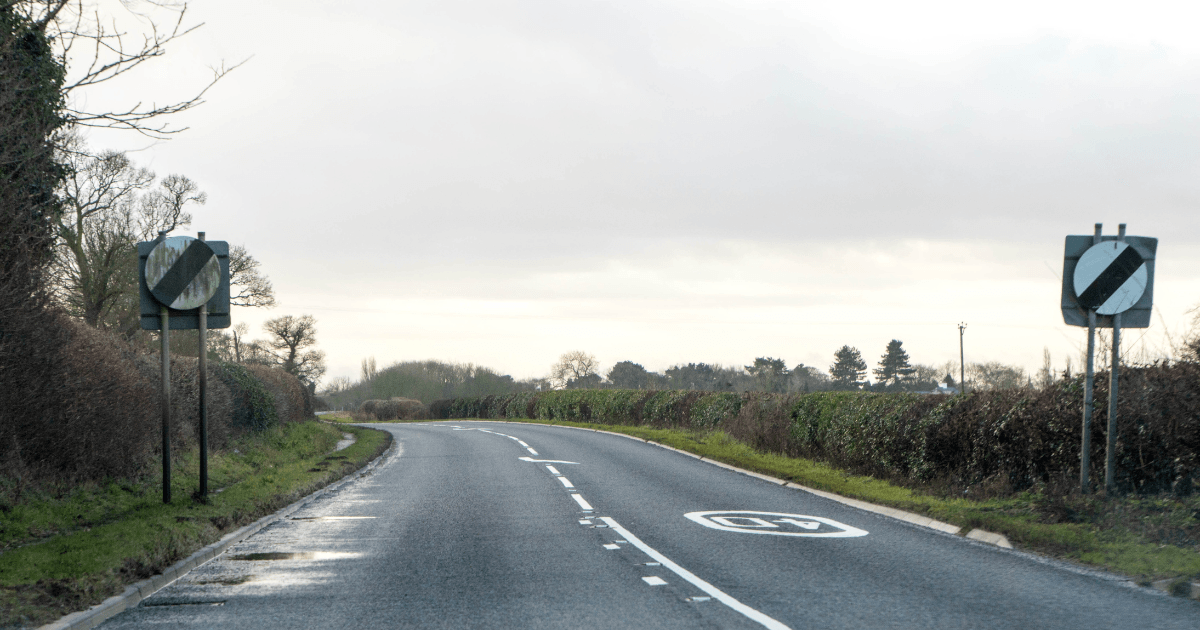At Skipton Self Drive we want you to be as protected as possible when you’re out on the roads in one of our vehicles. And when it comes to staying safe, and on the right side of the law - knowledge is power. So, here’s our guide to some of the most common road markings you’ll see when you’re out and about, what they mean, and what you can and can’t do when you see them. Because driving or parking, the meanings behind the markings are definitely worth knowing.
Lines that go ACROSS the road
Double, single or broken – these lines will cross your path pretty regularly.
1. Stop Line at Signals
What does it look like?
A white, unbroken solid line across the road. Usually found at traffic lights, or sometimes in an area of police control.
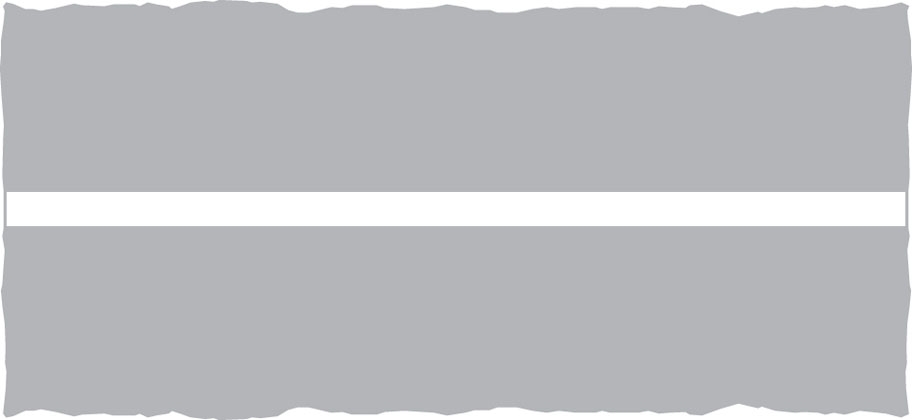
What does it mean?
It means you should stop before this line if the traffic signals, or the police, tell you to do so. Also, if there’s a box on the floor in front of the stop line with a picture of a bicycle painted in it, make sure you stay out of here.
2. Stop Line at Stop Sign
What does it look like?
A thick, solid white line found next to ‘Stop’ signs
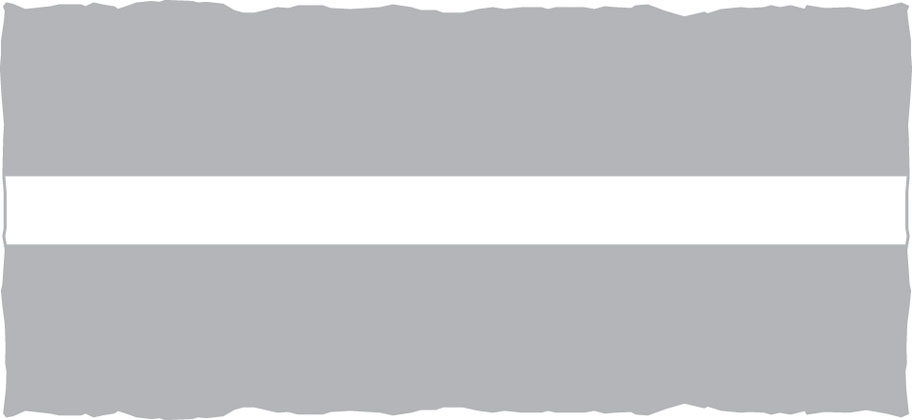
What does it mean?
Er, stop. Give way to traffic. It doesn’t mean slow down and have a look and then keep going if you can’t see anything coming. It means STOP. Completely. The sign is the big clue here.
3. Give way on a major road
What does it look like?
Double white, broken lines. You’ll see these at mini-roundabouts and busy road junctions.
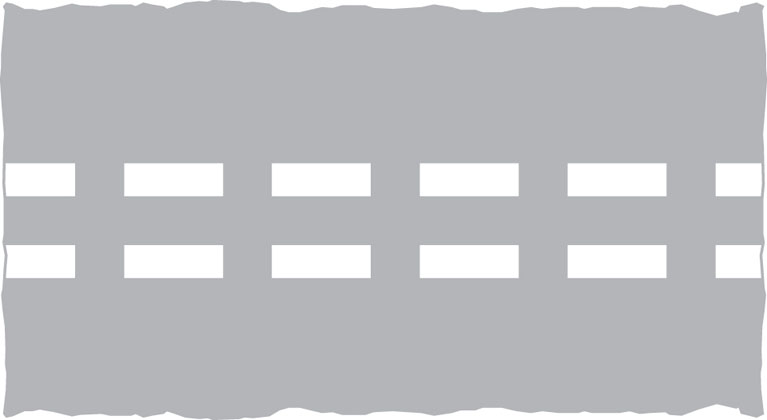
What does it mean?
That you’re approaching a busy junction and you should slow down. However, if the lines look like this you don’t have to stop completely if there’s nothing coming.
Lines that go ALONG the road
Keep an eye out to your left or right as you drive along and these are some of the markings you’ll almost certainly recognise. But the really important thing is that you also know exactly what they mean and why they’re there.
1. Edge Line
What does it look like?
It’s a solid white line that runs along, you guessed it, the edge of the road. You’ll usually see these on roads without lighting or in areas where the width of the road suddenly changes.

What does it mean?
It’s really just a guide to help you stay in the right position on the road.
2. Centre Line
What does it look like?
It’s the broken white line that runs along the middle of the road. You’ll see these markings almost everywhere.

What does it mean?
Primarily, they simply divide the lanes so you know where you should be driving. The size of the lines and the gaps between them can also indicate what the current speed limit is.
3. Hazard Warning Line
What does it look like?
Very similar to the centre line markings but these lines are much longer in length. You’ll often see these when approaching a junction.

What does it mean?
There’s a potential hazard coming up, even if you can’t see it yet. Take extra care.
4. Double White Lines
Two lines along the middle of the road. Three possible meanings:
Nearest line broken
You CAN overtake as long as it’s safe to do so.
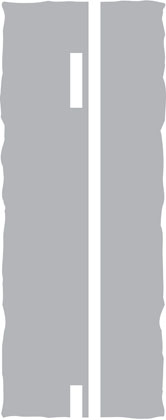
Nearest line solid
You may only cross this line into the oncoming lane if you really need to. And whatever you’re overtaking should be going at 10mph or less. So, you couldn’t overtake a car, but you could go around a horse or a cyclist.

Both lines solid
No overtaking. Stay in your own lane. Horse or no horse.
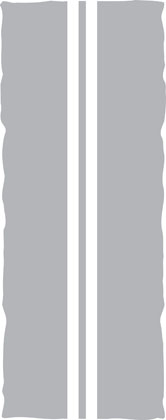
Parking Markings
Want to avoid a fine? These are the road markings that tell you where you can and can’t leave your vehicle. And yes, we know you’ll have seen all of these a million times before - but do you 100% know what they mean?
1. Single Yellow
What does it look like?
A solid single yellow line running down the edge of the road.
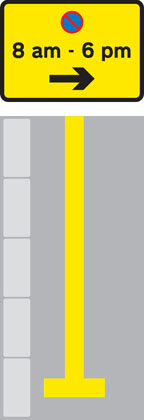
What does it mean?
No waiting here between the designated times that you’ll usually find marked on a nearby sign. And if there’s no sign, it means you can’t park here at all. Ever.
2. Double Yellow
What does it look like?
Imagine the single yellow line – and double it.
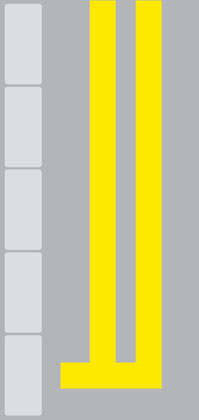
What does it mean?
You can’t park here. Simple as that. Unless there’s a sign that says you can at certain times. But usually it’s a total no-no.
3. Single/Double Red Lines
What do they look like?
Exactly like you’d imagine.


What do they mean?
Think of these like even more restrictive versions of the yellow lines. So, as well as parking restrictions, there’s also additional restrictions on stopping and loading too. Single red means the times you can do these things are limited (again, look for the nearby sign), double means you can’t do them at all.
More Markings
Here’s a few other common road markings that you’ll frequently come across:
1. Bus Lane
What does it look like?
Bus lanes are often red and have the words ‘BUS LANE’ painted in them on the road in large letters. (Basically, there’s no excuse for claiming you didn’t see it!)
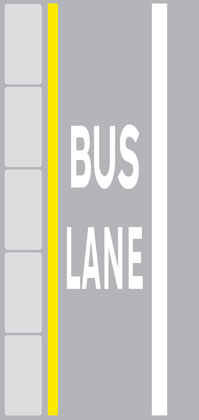
What does it mean?
It’s a special lane for busses (and sometimes taxis) to use. But that doesn’t always mean that other road users can’t enjoy them too. Just make sure you look for the signage that indicates who’s allowed in. You may also be allowed to stop, load or unload in a bus lane. Again, look for the signs.
2. Box Junction
What does it look like?
A yellow box filled with criss-crossed yellow lines. You’ll see these boxes at junctions, hence the name.
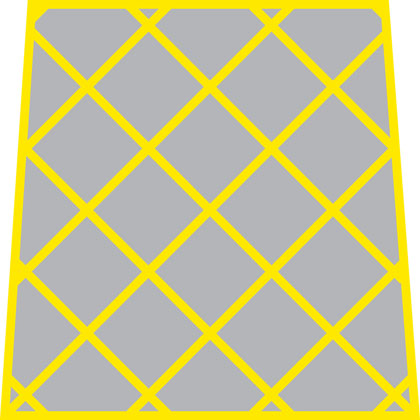
What does it mean?
You can’t enter a box junction until your exit way is clear, unless you’re turning right and waiting for oncoming traffic to get out of the way. There are some box junctions, like those at signalled roundabouts, that you should never enter. But generally, keep out of them unless your path is clear or you’re turning right.
3. Keep Clear
What does it look like?
It’s a bit like a box junction, but instead of crossing yellow lines, it’s two white lines and some big white writing that says, ‘KEEP CLEAR’.
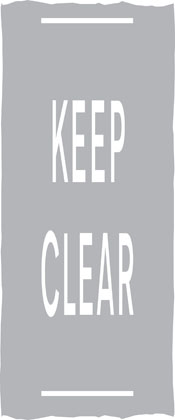
What does it mean?
- should keep clear. Unlike a box junction you can’t enter or stop in a ‘KEEP CLEAR’ section of road under any circumstances.
Safe Travels
No matter how long you’ve been driving it’s always good to brush up on your road marking knowledge. These important indicators of what you can and can’t do help everyone stay safe and legal on the roads. And if you know what you’re looking for, they should also stop you from picking up any unwanted parking fines.
We hope you’ve found this simple guide useful, and hopefully you’ve discovered something new about the common road markings that you see every day.
If you’d like to put your expert knowledge to the test, but you need the right vehicle – get in touch with Skipton Self Drive today!

